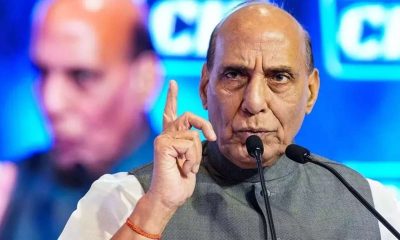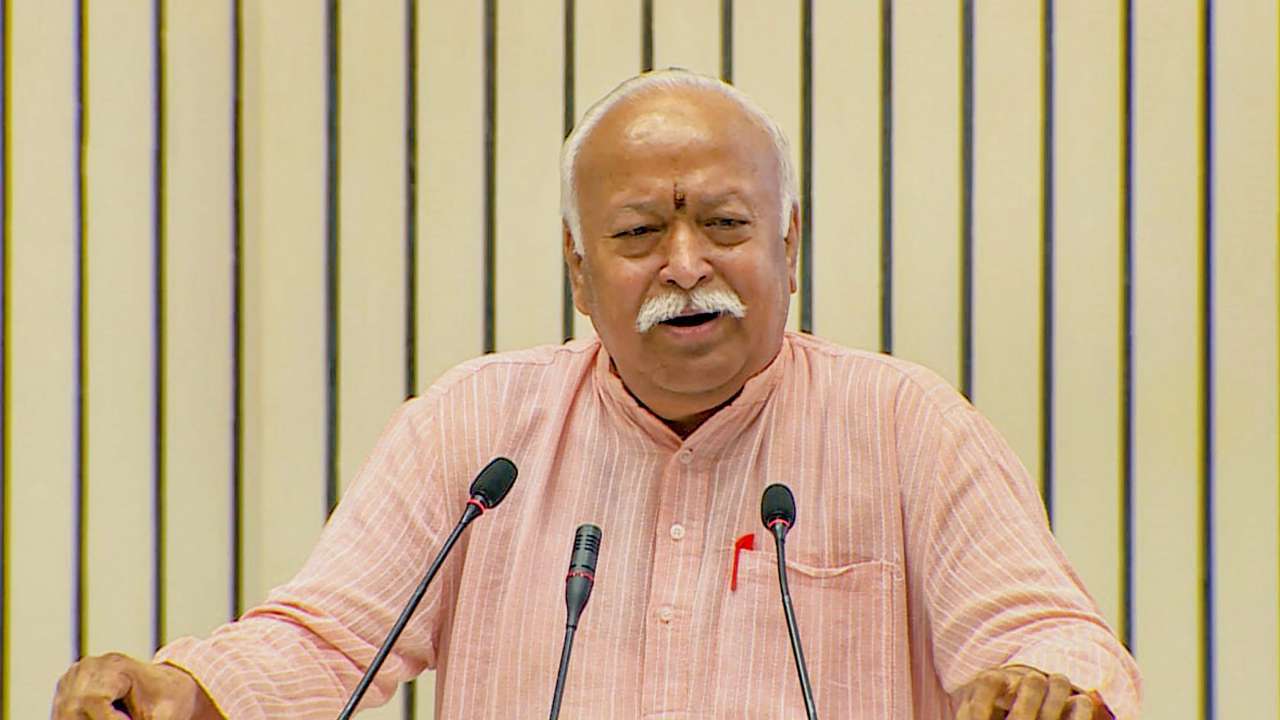India News
Atal Setu bridge: PM Modi inaugurates India’s longest sea bridge in Mumbai
There is a toll of Rs 375 for vehicles utilising the sea bridge for return trips. There will be daily and monthly passes available for Rs 12,500 and Rs 625, respectively.

Entertainment
Bharti Singh, Haarsh Limbachiyaa welcome second child after she’s rushed to hospital mid-shoot
Comedian Bharti Singh and her husband Haarsh Limbachiyaa welcomed their second child after she was rushed to hospital during a television shoot.
India News
Renaming MGNREGA removes core spirit of rural employment law, says Shashi Tharoor
India News
Rahul Gandhi attacks G RAM G bill, says move against villages and states
Rahul Gandhi has criticised the G RAM G bill cleared by Parliament, alleging it dilutes the rights-based structure of MGNREGA and centralises control over rural employment.
-

 India News9 hours ago
India News9 hours agoRahul Gandhi attacks G RAM G bill, says move against villages and states
-

 India News9 hours ago
India News9 hours agoRenaming MGNREGA removes core spirit of rural employment law, says Shashi Tharoor
-
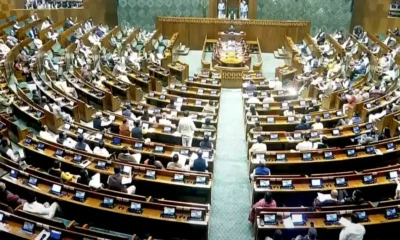
 India News11 hours ago
India News11 hours agoG RAM G bill replacing MGNREGA passes Parliament amid opposition walkout and protests
-
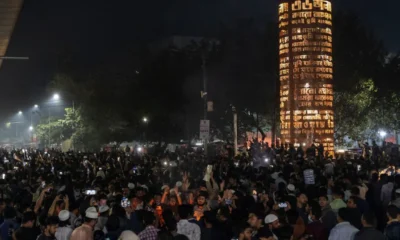
 Latest world news3 hours ago
Latest world news3 hours agoHindu man lynched and set on fire in Bangladesh during anti-India protests
-
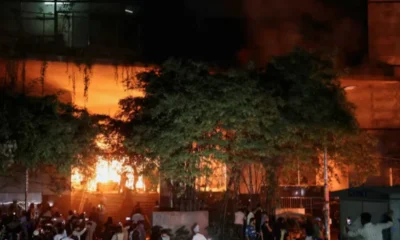
 Latest world news11 hours ago
Latest world news11 hours agoBangladesh rocked by violent protests after student leader Sharif Osman Hadi’s death, anti-India slogans raised
-

 Entertainment3 hours ago
Entertainment3 hours agoBharti Singh, Haarsh Limbachiyaa welcome second child after she’s rushed to hospital mid-shoot
-

 Cricket news2 hours ago
Cricket news2 hours agoIndia vs South Africa 5th T20I: Samson shines with 37 as India push on after Gill injury
-

 Entertainment2 hours ago
Entertainment2 hours agoOTT and theatrical releases this week: new films and series to watch from December 19 to 26



